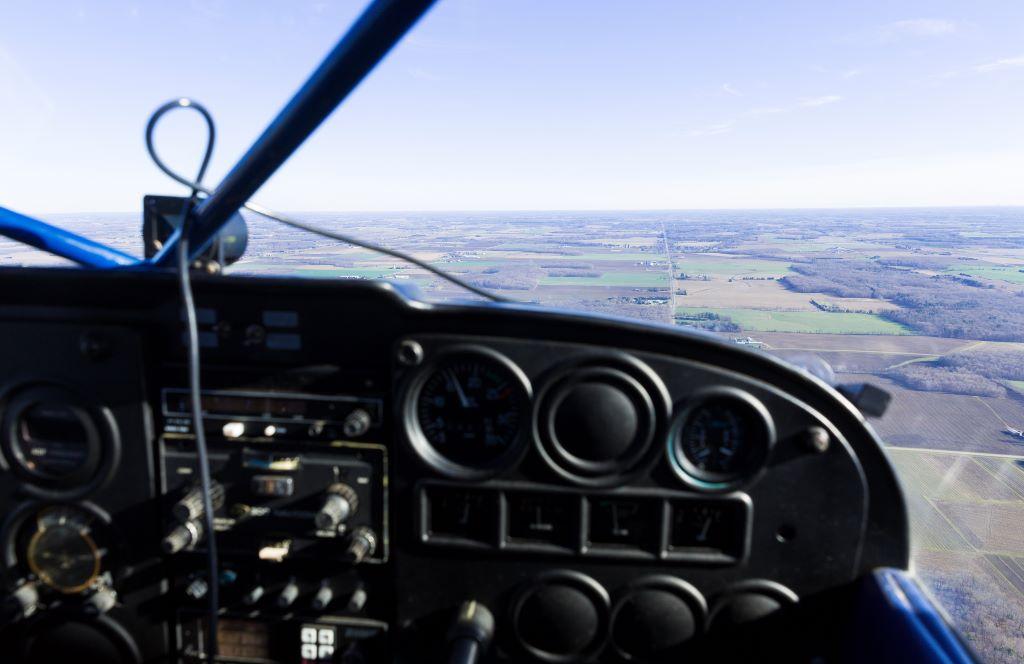Viewpoint: Flight School Dilemmas

One of the ongoing impasses within the flight training community is the student dropout rate as the demand for additional pilots increases.
While some flight schools have impressive graduation rates producing new pilots with sport and private certificates, many others are confronted with attrition that borders on discouraging. Actually, it’s a situation where our expectations and those of the students differ. Many flight schools have been given a bum rap in the achievement ratings for situations beyond their control.
Situation #1. When students enroll in a flight school program, often their goal is just to learn how to fly, not necessarily to become a certified pilot, which is our goal and the metric we often use.
So students take the courses, complete ground school, pass the FAA written exam, get a medical for their student pilot licenses, and successfully achieve their solo flights.
Celebrations are held as the students progress through these milestones of the program. They invest $3,000-$5,000 and hours of time.
For various reasons or circumstances, some students decide they have to leave the school/program, leaving behind many a disappointed CFI and staff who saw and encouraged them throughout the process. The list of reasons often alleged includes poor instructors, outdated aircraft, out-of-date equipment and/or study materials, disorganized FBOs, etc. when the truth is actually quite clear. The student enrolled in the school/program had one goal, which was to learn how to fly. By passing the FAA written exam and acquiring the necessary flight hours for completing their solo flights, they achieved just that. Our goal is different: we desire them to complete the entire flight training program allowing for them to receive their official FAA certificated private pilot’s license, for which the schools/programs are measured.
Situation #2. As students progress from solo to course completion, they are reminded often that their pilot license will be just the beginning phase of learning as their flight experience grows.
They learn that a safe pilot must stay current and proficient, which translates into flying at least once or twice a month, even after they have earned their license. Then they slowly realize that twice a month to rent a plane might cost $300 (2 hours at $150 per hr. for a Cessna 172), some 100LL fuel at $7 per gallon, insurance, and occasional CFI lessons, which totals about $500 per month, possibly for a period of time to practice and keep up their skills, which now dims the glow of staying proficient and safe.
Some of these young students are carrying thousands of dollars in college student debt. Some don’t have the credit to own a car, or rent an apartment and are still trying to find a rewarding job. Some have to stop flying before completing the program because the financial costs were too great. Then there are the students who leave because they find the task too challenging.
America has hundreds of small flight schools located around the country. They are confronted with these kinds of issues every day, yet they remain an essential link between the general public and the aviation community, birthing new pilots and providing upgraded training to others. These schools are given no credit for at least planting the seeds of aviation in students for the future when they have stabilized their circumstances and resources.
While its commendable to introduce the school-age crowd to aviation with programs, such as STEM and Young Eagles, these seeds might not develop for years, and the flight schools get no credit in the short term.
Less appreciated is the realization that these schools/programs is the path forward to increase the diversity of our pilot population, our women in the industry, and the bridge for the UAS drone pilots to join general aviation.
Who better qualified to fly the eVTOLs of the future? Did you notice that there were no drones in July at EAA's AirVenture in Oshkosh? Perhaps this was a missed opportunity to begin the integration of future electric GA aircraft pilots via today’s flight schools and curriculum. Tomorrow will tell.
Mike Sullivan, a Cessna 177 Cardinal owner, has flown for 50 years. He is a member of AOPA and EAA and has flown 150 young people in EAA’s Young Eagle program. He served 22 years in the U.S. Air Force, worked as a contractor for national security agencies for 22 years and served as a flight instructor for 30 years.





Comments